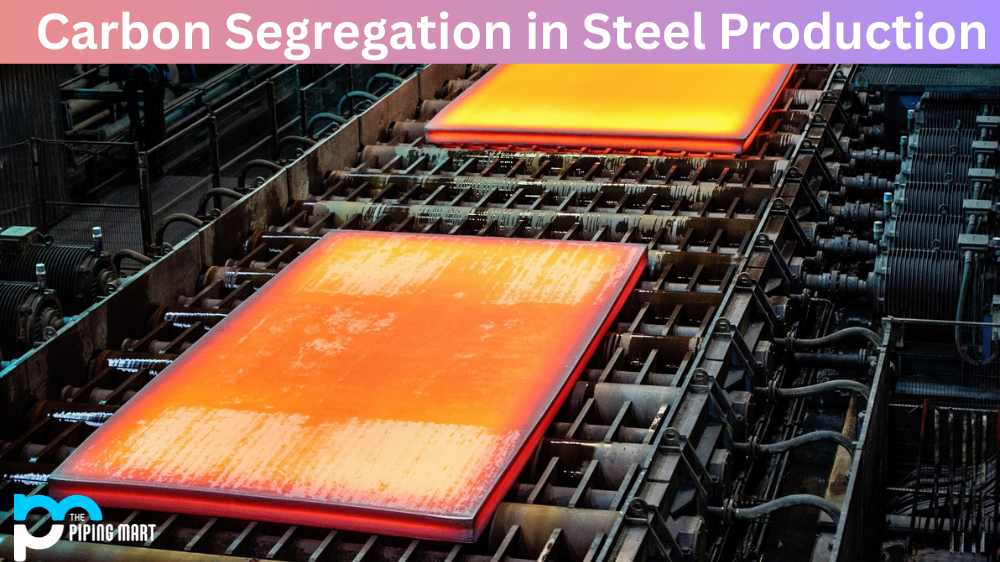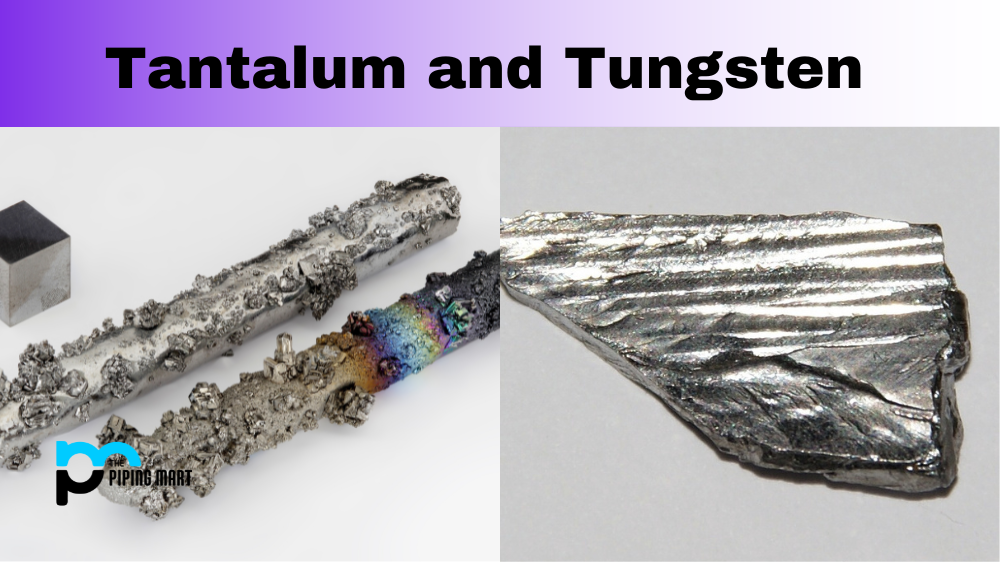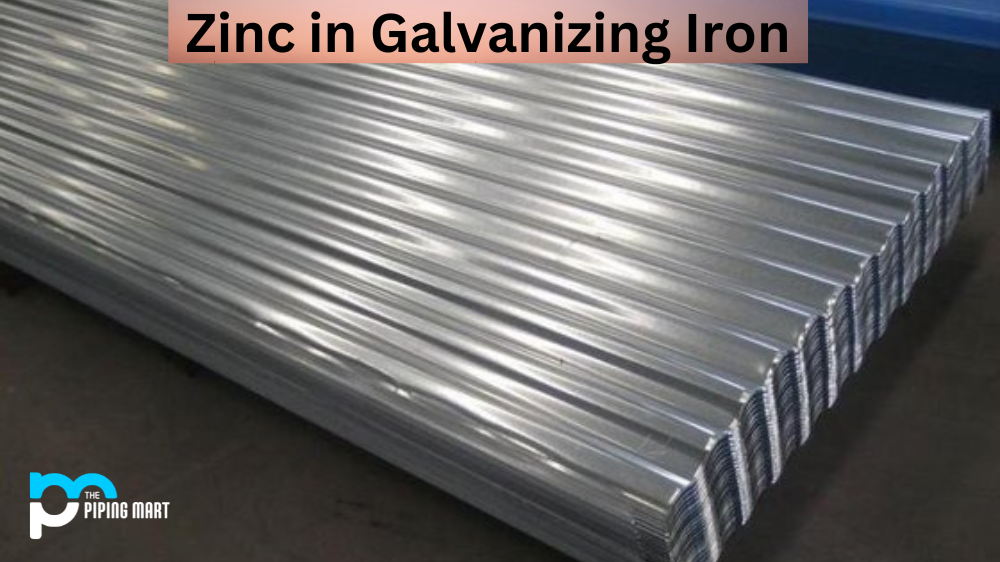Steel production is a complex and challenging process, but it’s important to understand this process in order to appreciate the benefits of carbon segregation. Carbon segregation, or separating carbon atoms from other elements during steel production, helps to create better quality steel products with greater strength and durability. Let’s take a look at how carbon segregation works and what advantages it provides.
How Does Carbon Segregation Work?
During the steelmaking process, molten iron is mixed with other elements such as oxygen and sulfur, and impurities like phosphorus are removed while carbon is added. This mixture then goes through a series of cooling steps that cause the metal to segregate itself according to its density. This means that the denser materials—in this case, carbon—will sink to the bottom of the mixture due to gravity. The lighter materials will float up top, which allows for easier removal. This process is known as “carbon segregation.”
Benefits of Carbon Segregation
Carbon segregation is beneficial because it helps create higher-quality steel products with improved strength and durability. Since heavier elements like carbon tend to be more stable than lighter elements like oxygen, they can provide more structural support for metal products. This also helps reduce stress fractures caused by thermal expansion and contraction cycles due to temperature changes, which makes steel products last longer. Additionally, since only purer forms of iron are produced when carbon is segregated out, there are fewer impurities in the final product that can weaken its structure over time.
Another benefit of using carbon segregation when making steel products is that it reduces energy consumption during manufacturing processes. By separating out heavier elements before cooling begins, less heat energy needs to be used in order for these elements to sink down into place – thus reducing energy costs associated with production processes.
Reduces Greenhouse Gases
Carbon segregation helps to reduce greenhouse gases in the atmosphere. Greenhouse gases, such as carbon dioxide and methane, trap heat in the atmosphere and contribute to climate change. By segregating carbon, we can prevent it from entering the atmosphere and help to slow down the effects of climate change.
Helps to Combat Climate Change
Climate change is one of the most pressing issues facing our planet today. Carbon segregation can help to combat climate change by reducing the number of greenhouse gases in the atmosphere. Additionally, by sequestering carbon in the ground, we can help to prevent it from entering the atmosphere and causing further damage.
Improves Soil Health
Carbon segregation also helps to improve soil health. When carbon is sequestered in the soil, it helps to improve its structure and fertility. Additionally, carbon-rich soils are more resistant to drought and erosion. As a result, carbon segregation can help to improve crop yields and decrease soil degradation.
Creates Jobs
Carbon segregation also creates jobs. The process of segregating carbon requires a great deal of manpower, which creates employment opportunities for people across the globe. In addition, as the demand for carbon segregation increases, so too will the need for trained professionals who can perform the process effectively.
Helps to Address Global Warming
Global warming is one of the most serious threats facing our planet today. Carbon segregation can help address global warming by reducing greenhouse gases in the atmosphere and sequestering carbon in the ground. Additionally, by creating jobs and improving soil health, carbon segregation can help to create a more sustainable world for future generations.
Conclusion:
Overall, the use of carbon segregation in steel production can offer many advantages over traditional methods of manufacturing metals without this technique. It allows for higher-quality products with greater strength and durability, fewer impurities in the final product, and reduced energy consumption during manufacturing processes due to less heat being required for components to settle into place properly. For anyone looking for improved efficiency and performance from their steel products – whether they’re building bridges or developing consumer goods – understanding how carbon segregation works can be a great way to get ahead!

Pipingmart is B2B portal specializes in industrial, metal and piping products. Also, share latest information and news related to products, materials and different types grades to help business dealing in this industry.




